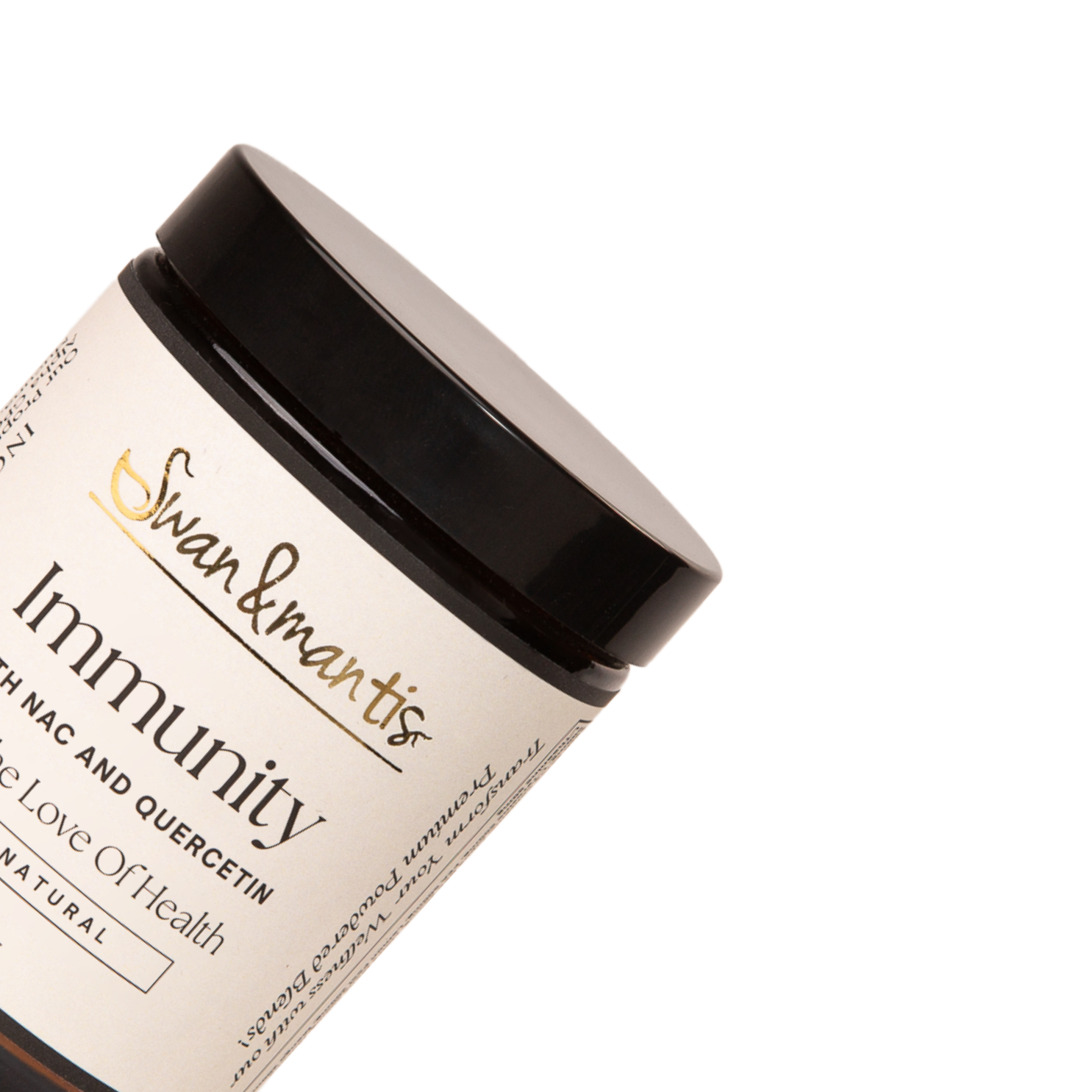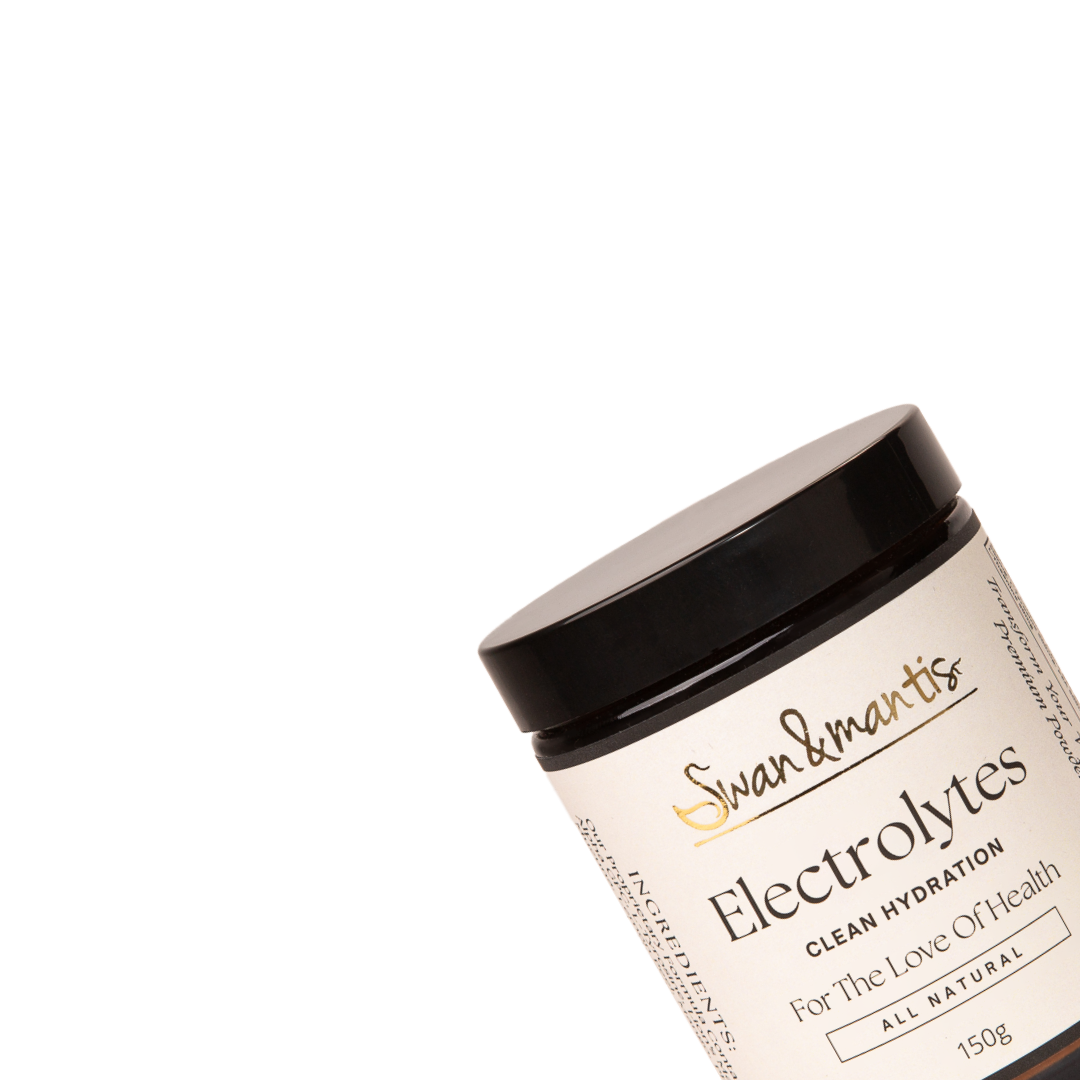Hydrogen Peroxide (H2O2)
Hydrogen peroxide is the only germicidal agent composed only of water and oxygen. Like ozone, it kills disease organisms by oxidation! Hydrogen peroxide is considered the worlds safest all natural effective sanitizer. It kills microorganisms by oxidizing them, which can be best described as a controlled burning process. When Hydrogen peroxide reacts with organic material it breaks down into oxygen and water. Your white blood cells naturally produce hydrogen peroxide. Fruits& Vegetables naturally produce hydrogen peroxide.
3% Hydrogen Peroxide Uses:
Beauty
-
Acne – to help clear up skin, dab pimples with peroxide using a cotton ball.
-
Finger Nails – to whiten, soak a cotton ball with peroxide and rub it on your nails.
-
Hair – to gradually give your hair highlights, mix equal parts peroxide and water and spray on wet hair. Comb the solution through your hair and dry.
-
Mouthwash – instead of purchasing expensive mouthwashes, try using peroxide instead.
-
Teeth – to whiten, hold one capful of peroxide in your moth for 10 minutes daily.
-
Toothpaste – to make your own, make a paste using peroxide and baking soda.
Healthcare
-
Boils – to heal, pour ½ a bottle of peroxide in your bath water.
-
Canker Sores – to prevent, hold one capful of peroxide in your mouth for 10 minutes.
-
Colds – to cure in 24 hours, put a few drops of peroxide in your ear, when the bubbling stops (5-10 minutes), drain onto a tissue. Repeat for the other ear.
-
Colonic – to make your own, add 1 cup of peroxide to 5 gallons of warm water.
-
Corns and Calluses – to soften, soak feet in a solution made of equal parts water and peroxide.
-
Cuts – to keep from getting infected, clean the cut with peroxide.
-
Detox Bath – to rejuvenate, add 2 quarts of peroxide to your bath water. Soak for at least a ½ hour.
-
Ear Infections – to relieve, place 6-8 drops in the affected ear.
-
Ear Wax – to remove, add a couple of drops of warm olive oil followed by a couple of drops of peroxide. Sit with head tilted for several minutes and then flush the ear with warm water.
-
Enema – to make your own, add 1 tablespoon to 4 cups of water.
-
Foot Fungus – to cure, spray a solution made of equal parts peroxide and water to your feet every night.
-
Infections – to heal, soak the infected area in peroxide for 5-10 minutes several times a day.
-
Sinus Infection – to relieve, add one tablespoon of peroxide to non-chlorinated water to be used as a nasal spray.
-
Toothache – to relieve pain, hold one capful of peroxide in your mouth for 10 minutes.
-
Yeast Infections – to control, add 2 capfuls of peroxide to your douche 1-2 time per week.
General Cleaning
-
Bathroom – to disinfect, fill a spray bottle with equal parts peroxide and water.
-
Counter tops – to kill germs, spray the counter tops with peroxide and wipe with a clean cloth.
-
Grout – to whiten, make sure the grout is dry, then spray a generous amount of peroxide on the grout. Let it sit for 1-2 hours and scrub the area with an old toothbrush and some warm soapy water.
-
Mirrors – for a no steak clean, spray mirrors with peroxide and wipe with a paper towel or newspaper.
-
Mold – to control, clean the area with peroxide.
-
Tile – to remove stains, make a thick paste using flour and peroxide. Apply the mixture to the stain, cover with plastic wrap and let it sit overnight. Rinse clean.
-
Toothbrush – to kill germs, soak your toothbrush in peroxide.
Kitchen
-
Cutting Board – to kill germs, after rinsing off your cutting board, spray it with peroxide.
-
Dishrags and sponges – to clean, soak them for 15-30 minutes in a solution using equal parts peroxide and warm water. Rinse.
-
Fruits & Vegetables – to clean, spray them with peroxide (food grade) and let them stand for a few minutes, then rinse and dry.
-
Fruits & Vegetables – for a non-toxic sanitizer, pour peroxide (food grade) into a dark colored spray bottle (light destroys peroxide) and fill another spray bottle with vinegar. Spray your fruits and vegetables with the peroxide and then repeat using the vinegar.
-
Fruits & Vegetables – to neutralize chemicals and prolong freshness, add ¼ cup of peroxide (food grade) to a sink full of cold water. Soak vegetables for 20-30 minutes. Rinse, drain and let dry.
-
Refrigerator – to disinfect, spray the interior with peroxide and wipe with a clean cloth.
-
Salad – to prolong freshness, lightly spray with a solution of ½ cup water and 1 tablespoon of peroxide (food grade).
Laundry
-
Blood Stains – to remove, pour peroxide on the spot and let it sit for a few minutes. Then rub and rinse with cold water.
-
Clothes – to whiten, add a cup of peroxide to your wash. Peroxide is more mild than bleach and will keep your clothes from wearing out as fast.
-
Wine Stain – to remove, mix together equal parts peroxide and liquid detergent. Pour the mixture over the stain. With a clean cloth blot the stain and wash with warm water.
-
Wring Around the Collar – to remove, spray the area with a mixture of 2 parts peroxide and 1 part liquid detergent. Let it sit for an hour before rinsing. *Works great on armpit stains too.
Miscellaneous
-
Mites – to kill, spray with area with peroxide.
-
Plants – to improve their root system, water them with a mixture of 32 parts water and 1 part peroxide.
-
Seeds – to sprout, soak seeds overnight in a mixture of 1 ounce peroxide and 2 cups water.
Using 7% Food Grade Hydrogen Peroxide (h202) - Internal
It is suggested to take the below dosages either one hour
before eating or 3 hours after eating.
Use the dosages listed in the chart with 5 ounces of distilled or purified water. When reaching higher dosages, more water may be used. Take on an empty stomach, 1 hour before a meal and at least 3 hours after a meal. If your stomach gets upset at any level, stay at that level, or go back one level. NOTE: Candida victims may need to start at 1 drop 3 times per day.
Dosage Schedule for undiluted 35% H202
1st day,use 9 drops ( 3 drops, 3 times/day)
2nd day,use 12 drops ( 4 drops, 3 times/day)
3rd day,use 15 drops ( 5 drops, 3 times/day)
4th day,use 18 drops ( 6 drops, 3 times/day)
5th day,use 21 drops ( 7 drops, 3 times/day)
6th day,use 24 drops ( 8 drops, 3 times/day)
7th day,use 27 drops ( 9 drops, 3 times/day)
8th day,use 30 drops (10 drops, 3 times/day)
9th day,use 36 drops (12 drops, 3 times/day
10th day,use 42 drops (14 drops, 3 times/day)
11th day,use 48 drops (16 drops, 3 times/day)
12th day,use 54 drops (18 drops, 3 times/day
13th day,use 60 drops (20 drops, 3 times/day)
14th day,use 66 drops (22 drops, 3 times/day)
15th day,use 72 drops (24 drops, 3 times/day
16th day,use 75 drops (25 drops, 3 times/day)
For more serious complaints stay at 25 drops, 3 times per day for 1 - 3 weeks. Next graduate down to 25 drops, 2 times per day until the problem is taken care of. This may take from 1 - 6 months. Don't give up!
When free of complaints, you may taper off by taking:
25 drops once every other day, 4 times
25 drops once every third day for 2 weeks
25 drops once every fourth day for 3 weeks
A good maintenance would be 5 - 15 drops per week, depending on the amount of cooked and processed foods you are eating.
Possible Reactions to Hydrogen Peroxide
Skin eruptions, nausea, sleepiness, unusual fatigue, diarrhea, colds (in head or chest), ear infections, boils, or any other method that the body uses to emit toxins from the body (the toxins have been rooted out by the use of hydrogen peroxide).
This is the natural way for the body to cleanse and the natural cleansing will be of short duration, as you continue to maintain your program. Above all, even if you must decrease the dosage, continue the program, don't give up.
If you get a cleansing reaction, you may want to increase the dosage to hasten the cleansing. A cleansing is the effect on the body of bacteria dying off, or various forms of poisons being released through the eliminative organs of the body, i.e. skin, lungs, kidneys and bowels.
Remember: When hydrogen peroxide come in contact with virus and streptococcus, it will liberate free oxygen (02).
This may be happening in your stomach. If your stomach feels uneasy, it is only the hydrogen peroxide seeking out the virus and streptococcus to destroy.
Using Food Grade Hydrogen Peroxide
-
Bathing: Use about 64 oz. (2 quarts) of the of 3% or 3.5% diluted hydrogen peroxide solution in a tub full of warm water. Do not try this before bedtime, because the absorbed oxygen energizes the body and prevents sleep. Soak in the bath for at least 1/2 hour. Add hot water to maintain bath temperature keeping pores and blood vessels dilated, facilitating absorption of oxygen through your skin.
-
Colonic: Add 1 cup (8 oz.) 3% H2O2 to 5 gallons warm water. (Do not exceed this amount)
-
Douche: Add up to 6 tablespoons of 3% H2O2 to a quart of warm distilled or filtered water.
-
Dishwasher: Also add 2 oz. of 3% hydrogen peroxide to your wash cycle.
-
Enema: Add 1 tablespoon of 3% H2O2 to a quart of warm distilled water.
-
Facial: Use 3% on a cotton ball as a facial freshener after washing. Keep away from eyes and eyebrows.
-
Foot Soak: Soak feet in warm 3% H2O2 until condition is improved.
-
Insecticide Spray: Mix 8 oz. black strap molasses or white sugar, and 8 oz. 3% hydrogen peroxide in 1 gallon of water.
-
Fruits and Vegetables: Add 1/4 cup 3% H2O2 to a full sink of cold water. Soak fruits and vegetables 20 to 30 minutes (drain, dry and refrigerate) or spray fruits and vegetables with a solution of 3% hydrogen peroxide. Let stand for a few minutes, then rinse and dry. (e to Coli cleaner)
-
Kitchen: Keep a spray bottle of 3% hydrogen peroxide in the kitchen. Use it to clean and disinfect counter tops and appliances.
-
Marinade: Place meat, fish or poultry in a casserole (avoid using aluminum pans). Cover with a dilute solution of equal parts of water and 3% H2O2. Place loosely covered in refrigerator for 1/2 hour. Rinse and cook.
-
Mouthwash: Use 3% H2O2. Add a dash of liquid chlorophyll or peppermint / spearmint oil for flavoring if desired. Use to treat gingivitis and chronic bad breath. After brushing teeth and tounge, swish H2O2 in mouth for a couple of minutes and then gargle with it, then spit out and rinse. If pain occurs, spit out and try on the following days, etc. Do not attempt with sores in mouth. May also reverse tooth sensitivity. Convert 35% food grade H2O2 to get 3% hydrogen peroxide by adding 1 tablespoon of 35% H2O2 to 11 tablespoons of distilled non-chlorinated water (1:11 ratio).
-
Nasal Spray: Mix 1 Tablespoon of 3.5% hydrogen peroxide with 8 oz. (1 Cup) of distilled water. Use 2-3 squirts of nasal spray when you start experiencing congestion..
-
Pets: For small animals (dogs & cats) use 1 oz. 3% H2O2 to 1 quart of water.
-
Plants (house and garden): Put 1 oz. 3% hydrogen peroxide in 1 quart of water. Water or mist plants with this solution.
-
Seed Sprouting: Add 1 oz. 3% hydrogen peroxide to 1 pint of water and soak the seeds overnight. Add the same amount of hydrogen peroxide each time you rinse the seeds.
-
Shower: Keep a spray bottle of 3% hydrogen peroxide in the shower. Spray your body after washing. Avoid the eyes, eyebrows and hair.
-
Toothpaste: Use baking soda and add enough 3% H2O2 to make a paste or dip your brush in 3% H2O2 and brush. Hydrogen peroxide dissolves dental plaque, creates healthy gums, whitens teeth and helps eliminate chronic bad breath. Baking soda and hydrogen peroxide makes the best toothpaste.
-
Washing/Laundry: Add 8 oz. of 3% H2O2 to your wash in place of bleaches.
-
Vaporizor (Cool Mist): Add 12 oz. of 3% food grade hydrogen peroxide or up to 4 oz. of 35% food grade hydrogen peroxide to one gallon of water or mix 16 oz. (2 Cups) of 3.5% hydrogen peroxide with 128 oz. (1 gallon) of water in a vaporizer. Emphysema, chronic obstructive pulmonary disease, lung cancer, bronchitis, pneumonia, etc., usually gets better using a cool mist vaporizer filled with a hydrogen peroxide mixture.


